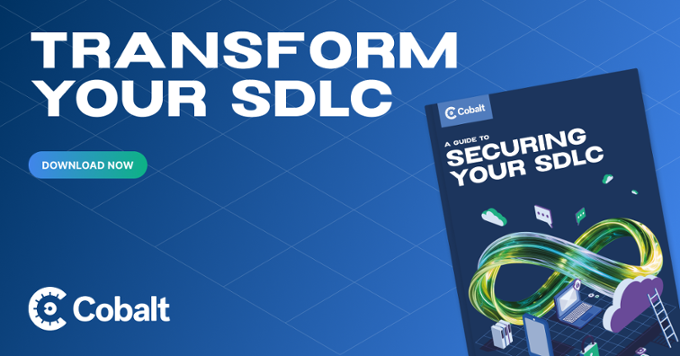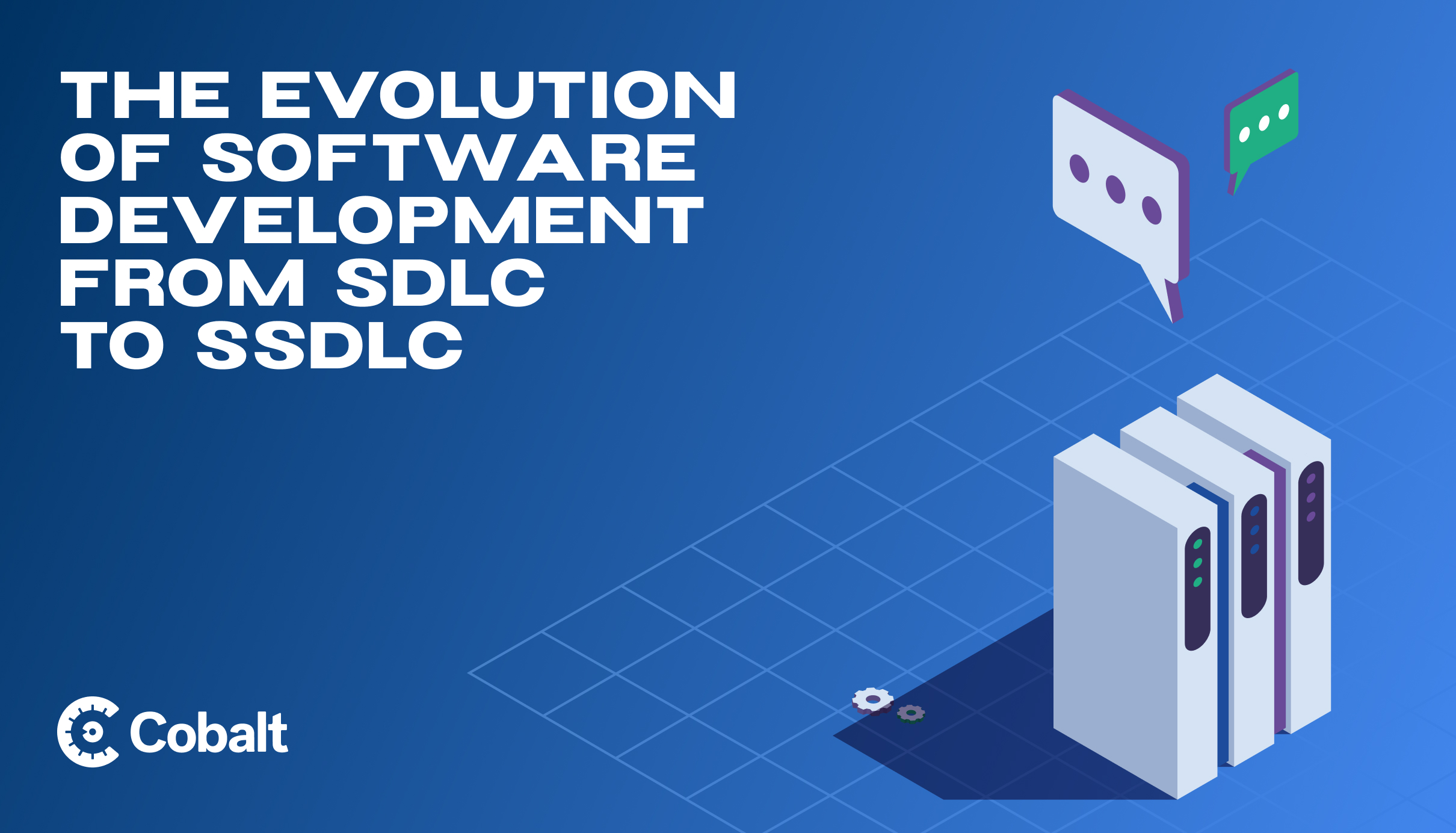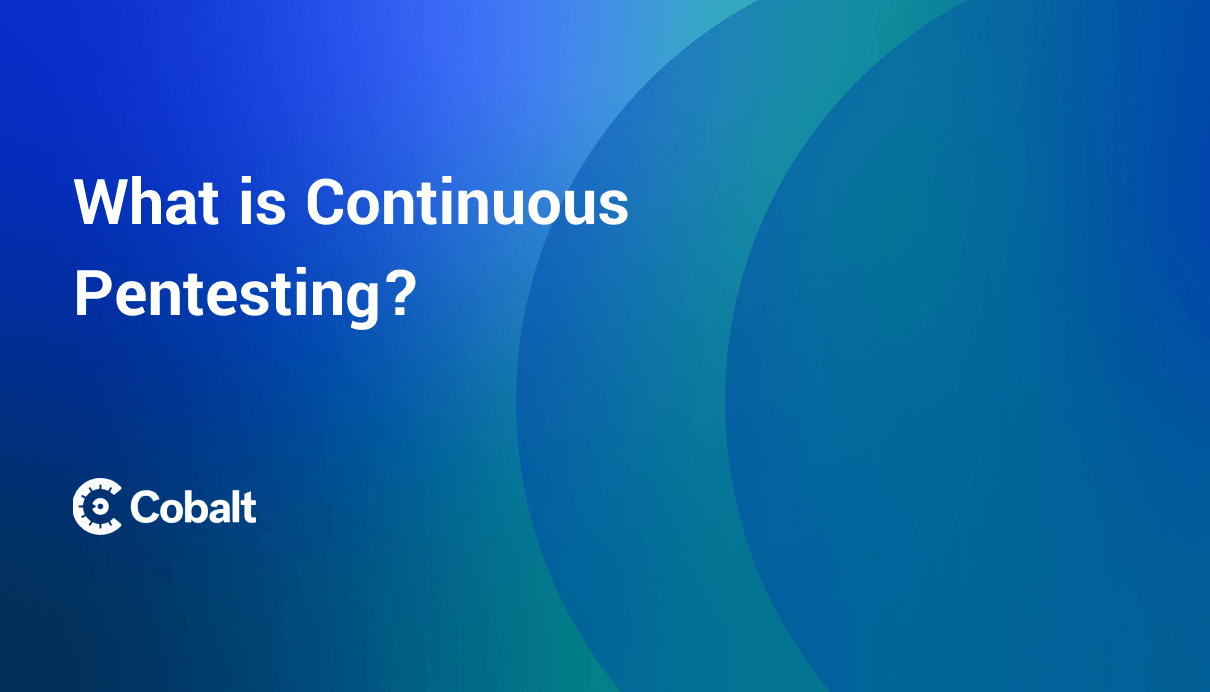Every software project starts with an idea. Yet, transforming this idea into a working product isn't only about writing code.
The Software Development Life Cycle (SDLC) outlines this journey. It guides projects from the planning and design stages through to coding, testing, and final deployment.
As cyber threats evolve, they become more sophisticated and targeted. As a result, it's no longer enough for software to just "work." It needs to be resilient and secure. Security testing, therefore, isn't just a best practice—it's a necessity. It proactively identifies vulnerabilities that could be exploited by malicious entities.
Below, we'll explore the nuances of several SDLC frameworks. With a base understanding, the importance of integrating security at each phase becomes clear. This leads to stronger defenses against potential cyber vulnerabilities.
1. Agile Software Development
Agile emerged from the Manifesto for Agile Software Development in 2001. It represents a shift away from sequential models. Agile thrives on iterative progress, team collaboration, flexibility, and embracing change. At its core lie "sprints," usually spanning two to four weeks, where specific tasks undergo development, testing, and delivery.
Consider a fintech startup crafting a mobile banking app. Instead of waiting months for a comprehensive app, they adopt Agile. Then, focus on essential features like account checks, transfers, and mobile deposits. Every two weeks, they wrap up a sprint, after which the app sees incremental improvements or feature refinements. After each sprint, the startup gathers feedback from a select group of users, ensuring the app evolves according to actual user needs.
Daily "scrum sessions" enhance team cohesion. This constant communication streamlines the development process. It helps ensure no team member works in isolation. For example, a developer might discuss integrating biometrics, highlighting challenges, and brainstorming resolutions.
Agile’s Proactive Approach to Cybersecurity
Integrating security testing in Agile is imperative.
Every software feature should undergo security checks during its respective sprint. Automated tools, such as OWASP Zap, scan for vulnerabilities. Any detected flaw is prioritized and patched before the sprint concludes. This approach to security means the app remains fortified against threats at every development stage.
Pentesting simulates cyberattacks on a system to gauge its security robustness. Unlike vulnerability scanning tools such as OWASP Zap or Nessus that spot potential weaknesses, pentesting actively tests these weak points as an attacker would.
This proactive stance means businesses aren't relying on passive vulnerability detection tools. Instead, they're shifting to active defense.
2. Waterfall Software Development
Originating in the manufacturing and construction sectors, Waterfall provides a linear framework. Unlike Agile's iterative approach, Waterfall proceeds sequentially. This means projects transition from one phase to the next. With Waterfall SDLC, teams start with requirements gathering and end with software maintenance.
Imagine a museum commissioning an app for immersive tours. Using Waterfall, their first step would involve an exhaustive gathering of requirements. They might envisage features like 3D navigation, multilingual audio guides, or AR overlays. After listing the requirements, they would then transition to the design phase laying out a functional blueprint.
Each stage in the Waterfall process is sequential. This ranges from the initial conception to design, coding, testing, and deployment. Once a stage concludes, the team moves forward, aiming not to revisit earlier stages. Each phase has an explicit goal and deliverables. This offers stakeholders a clear, predictable project trajectory.
Unlike Agile's continuous feedback loops, Waterfall doesn't accommodate change easily. A mid-development feature addition or alteration can disrupt the process, resulting in delays and cost hikes.
Security Rigor in the Waterfall Model
In Waterfall, security is often treated as a distinct phase. After development teams complete coding, they conduct extensive security checks. Tools such as static application security testing (SAST) are often used to analyze the application's source code. The goal of these tools is to reveal potential security flaws.
Yet, Waterfall's methodic progression can be an asset for security if exhaustive security vetting can be integrated at every stage. For example, design-phase threat modeling can flag vulnerabilities before coding begins.
Pentesting in Waterfall often occurs post-development but before deployment. This helps ensure the application can withstand real-world cyberattacks. Given Waterfall's systematic flow, pentests can be extensive, simulating a wide array of attack vectors on a product. This ensures the product isn't only operational but has weathered stringent security assessments.
While Waterfall might not have Agile's flexibility, it offers predictability. This clear structure is often favored by other stakeholders.
3. Iterative Software Development
Iterative software development emerged as an answer to the rigid structure of traditional methodologies. Distinct from the continuous flow of Agile or the linear progression of Waterfall, the iterative model emphasizes the development and refinement of a software product through repeated cycles. Each cycle encapsulates the design, implementation, and testing phases, ultimately leading to a fully functional piece of software.
Imagine a corporation developing CRM software tailored to a diverse client base. In the initial phase of using the iterative model, the primary objective might be integrating basic features like contact management and sales tracking. As this version rolls out, the team seeks feedback from the sales and marketing teams.
Using these insights, the next iteration might incorporate more advanced features, such as lead scoring or integration with email marketing platforms. As the cycles progress, the software might further integrate AI-driven customer insights, predictive analytics, or even chatbot integrations for customer support.
Within the iterative model, feedback loops serve as the backbone for enhancements, be it for functional improvement or security robustness.
Security within the Iterative Framework
In iterative development, security is an ongoing commitment. After adding a feature, vulnerability assessments ensure that the real-time data integration doesn't introduce exploitable weak points.
By intertwining development with frequent evaluations, the iterative method ensures software products evolve while reinforcing security measures.
4. Lean Software Development
Inspired by Toyota's manufacturing principles, Lean Software Development focuses on eliminating waste, enhancing efficiency, and delivering maximum value. Lean principles challenge teams to think critically about every feature and process, asking: "Does this add value for the customer?"
Imagine an HR tool that onboards new employees using a mix of training videos and quizzes. Thinking of expanding, they contemplate adding a virtual reality office tour. However, Lean analysis indicates new employees often feel overwhelmed with the amount of content. Instead of the VR addition, the portal rolls out a "pace-yourself" feature, allowing newcomers to choose how intensively they'd like to be onboarded in their initial weeks.
Lean emphasizes a "build-measure-learn" cycle. Once an improvement is implemented, the team would measure its impact - perhaps through user engagement metrics. They would then learn from this data, gaining insights to fuel the next cycle of enhancements.
Continuous feedback is the cornerstone of Lean, ensuring that development remains closely aligned with customer needs.
Security in Lean Software Development
As software solutions evolve and new features are added, Lean principles mandate a thorough review for functionality and security. Every addition or change introduces potential risk points. Instead of waiting for a final audit, Lean practices prompt developers to assess and address security concerns continually.
This ongoing vigilance aligns with the broader Lean philosophy of early problem detection and resolution. For instance, pentesting might be conducted soon after a feature's integration rather than waiting for a post-development phase. By doing so, vulnerabilities are identified and mitigated early, ensuring that the software remains secure throughout its lifecycle.
5. Spiral Software Development
Spiral development blends Waterfall and iterative models, emphasizing cyclic risk assessment in each phase. Each spiral sets a goal, identifies potential risks, plans subsequent actions based on those risks, and evaluates the project before moving on to the next cycle.
Picture a firm creating analytics software, integrating data from sales and inventory to social media. Given the complexity of such an integration, they decide to adopt the Spiral model.
In the first spiral, the team might focus on integrating sales data and identifying risks, like disparate data formats from different sales platforms or the potential for data duplication. After these risks are assessed, they develop a prototype that addresses these concerns. Feedback from this prototype then shapes the next spiral.
Security in Spiral
With Spiral's emphasis on risk, security is a primary concern. Each spiral not only considers functional risks but also potential security vulnerabilities.
Pentesting in the Spiral model becomes an iterative process. After each major integration or feature addition, a pentest ensures that new functionalities haven't introduced fresh vulnerabilities. This continuous risk evaluation and management mean that by the time the software is fully developed, it has undergone multiple rounds of security assessments.
6. DevOps Software Development
DevOps is a modern approach merging software development and operations. Its mission is to accelerate the development cycle, deliver continuously, and achieve high-quality, user-centric software.
Imagine a company building an HR system that will be used worldwide. In older methods, the developers and the IT operators would work separately. Once developers finish their part, they would hand over their work to the operations team. But this "passing the baton" can cause issues because what works well in development might not always work smoothly in the real world.
Security in DevOps
In DevOps, security is seamlessly integrated and called "DevSecOps." This proactive approach means that security measures are implemented at every stage of the software development lifecycle.
With continuous integration and deployment, security checks, vulnerability scans, and even pentests become routine. As code undergoes continuous revision, so too does its security posture. If a developer integrates a new feature, immediate scans ensure no security vulnerabilities arise.
7. V-Model Development
The V-Model enhances the Waterfall approach by correlating development stages with their respective testing phases. Visualized as a "V," the left side represents the stages of development, like breaking down requirements, while the right side represents the stages of testing, such as integrating components.
Consider an organization creating a trading platform. With the V-Model, they'd begin by pinpointing requirements, like real-time stock monitoring or trade execution. After the design is complete, they move to coding, and each component undergoes rigorous validation by facing tests using the criteria set during the design phase.
Security in the V-Model
The V-Model underscores the importance of synchronizing software development and testing, maintaining alignment with set objectives. This alignment allows for the early identification and mitigation of potential threats during the design phase of each module.
Engaging in pentesting from the outset confirms the integration of security measures by the development team. Early collaboration with pentesters, coupled with transparency regarding design specifics and requirements, facilitates comprehensive and accurate assessments of vulnerabilities.
8. Prototyping Software
Prototyping involves creating a basic version of software to display its main functions. It offers a tangible representation of the product, prompting early feedback from stakeholders for alignment with the desired outcome.
Take a logistics company moving its supply chain to a digital platform. Developing an app with numerous features directly can be challenging. Using a prototype allows them to present key features to stakeholders. This early input ensures the end product aligns with user expectations and company goals.
Security as an Integral Part of Prototyping
While prototypes emphasize functionality, security remains crucial. How will confidential data be protected? What authentication methods are appropriate?
By conducting pentests during the prototyping phase, developers can uncover potential weak points before full-fledged development. By asking these questions and performing such tests early, developers lay the groundwork for a more secure development phase later on.
The Importance of Pentesting in Software Development
From Waterfall DevOps, each framework has characteristics catering to various project needs. Yet, a unifying theme is the importance of security.
Incorporating security testing throughout these frameworks ensures that innovations are resilient against threats. By conducting pentests, developers can address and fix vulnerabilities. Thus, reducing the risk of security breaches.
Want to ensure your software development process is secure from the start? Learn more about Cobalt’s Pentest as a Service (PtaaS) platform and get a pentest tailored to your needs.









